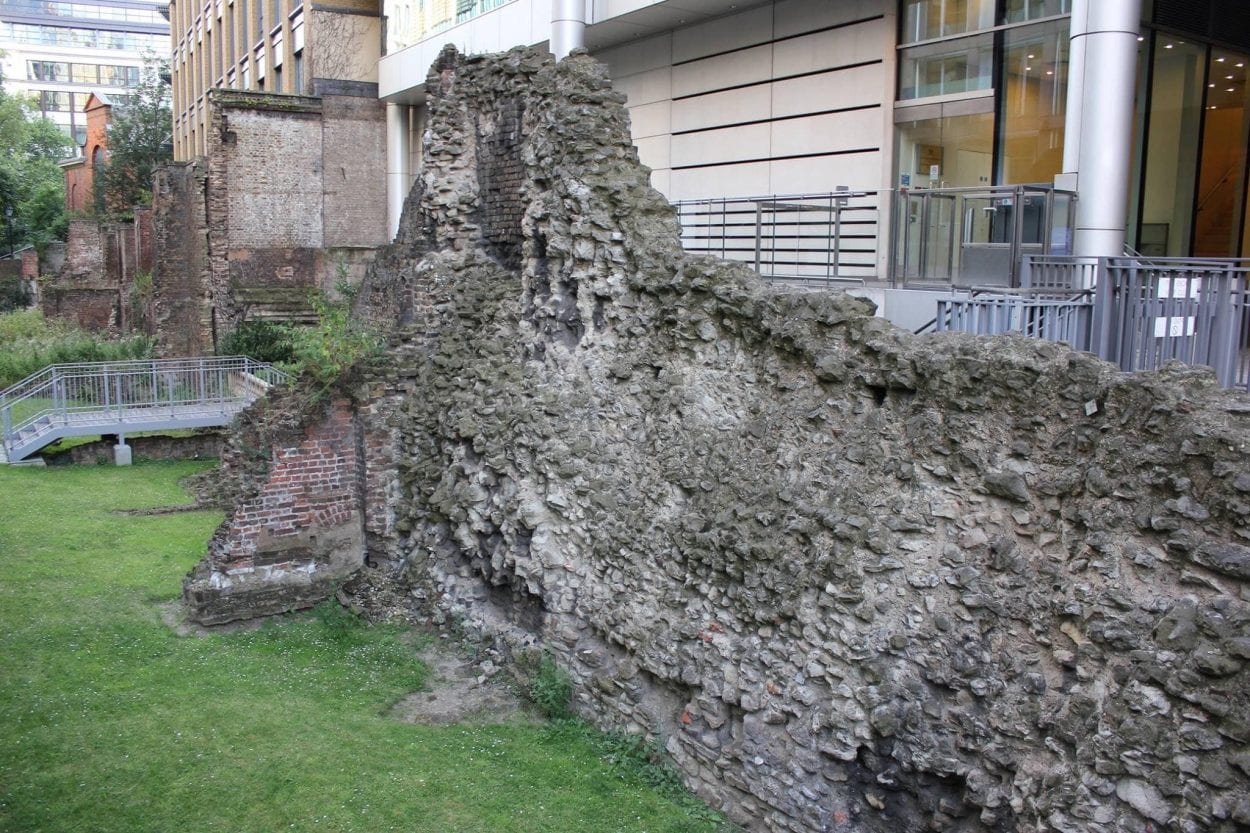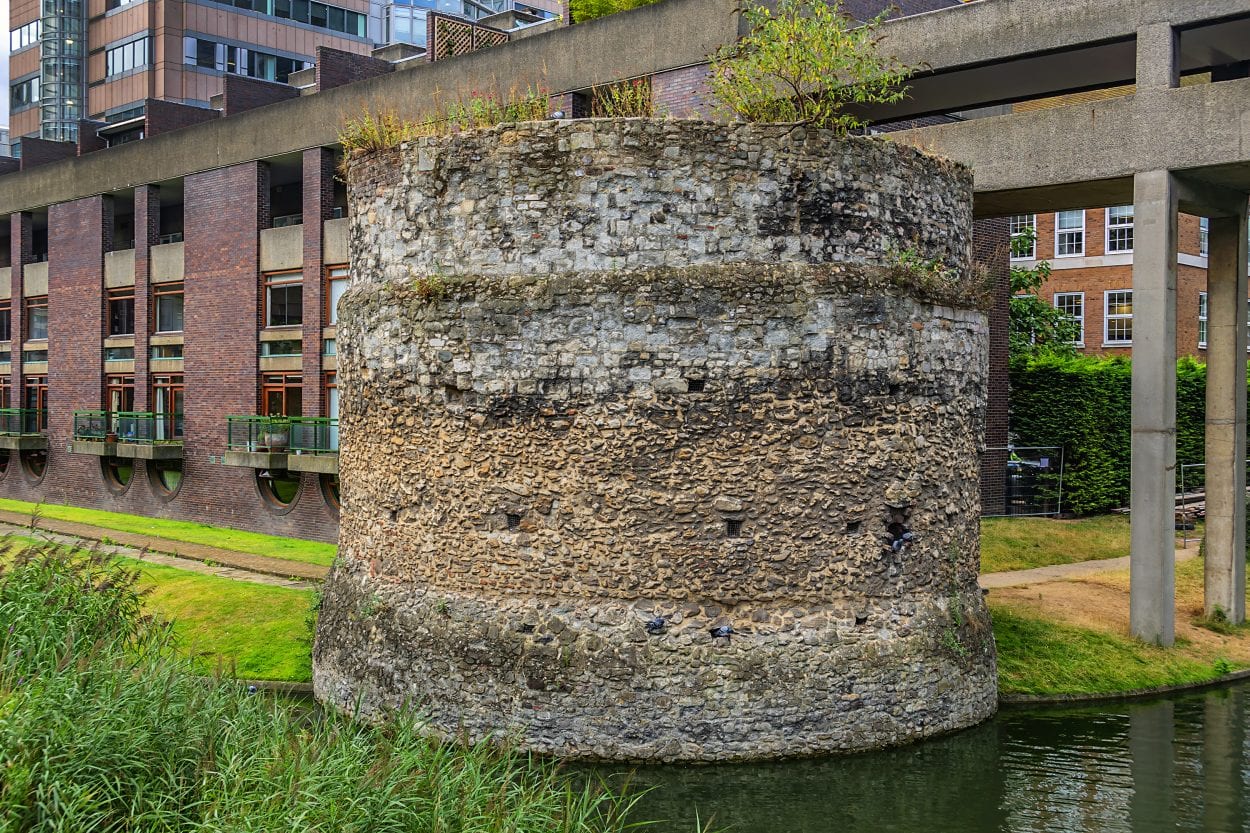London’s Roman Fort was constructed in Londinium, the Roman capital of Britannia, located in the area now occupied by the City of London.
Londinium was established in AD 47 around a narrow point on the River Thames, serving as a planned commercial port, or a civilian enterprise in the expanding Roman province.
In AD 60-61, a revolt led by Queen Boudica of the Iceni destroyed Londinium, along with several major Roman centres that included Camulodunum (Colchester), and Verulamium (St Albans).
In response to the attack, a temporary fort was erected around AD 65-80 in present-day Fenchurch Street, and the city was rebuilt following the typical Roman grid system.

By AD 110-120, construction of a permanent defensive fort began on the city outskirts, a fort that would be three times the size of its contemporary counterparts positioned along Hadrian’s Wall.
The walls of London’s fort were built to a height of five metres and was reinforced with defensive towers on each corner. Each side had a central gatehouse, leading to a thoroughfare that dissected through the fort’s interior, allowing access to the administrative buildings and barracks.
The fort encompassed an area of 12 acres, enough to house up to 1000 garrisoned soldiers, but rather than support a substantial standing military force, it housed the ceremonial guard that served the governor of Britannia.

Between AD 190 and 225, the Romans built the London Wall, a defensive ragstone wall around the landward side of the city. Along with Hadrian’s Wall and the Roman road network, the London Wall was one of the largest construction projects carried out in Roman Britain. Around this time, the fort was decommissioned, and the exterior walls were included in the London Wall construction.
Londinium began to decline during the 5th century AD, with many public buildings falling into disrepair and eventually left to ruin. Although a Saxon town called Lundenwic developed to the west, the interior of the former Roman capital remained abandoned until the Reign of King Alfred the Great, who established the town of Lundenburgh behind the London Wall and fort, marking the beginning of the continuous history of the City of London.
Header Image Credit : Markus Milligan





